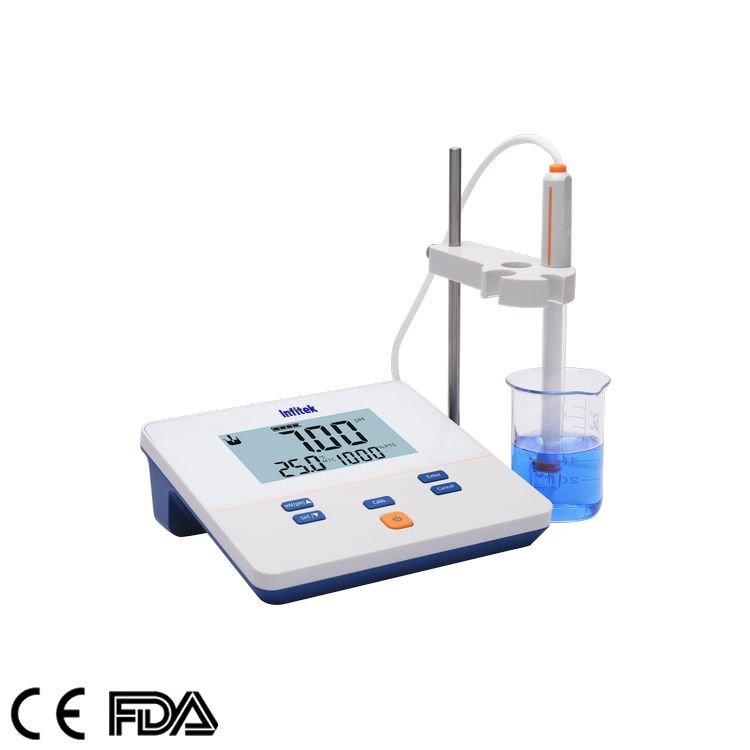Top 10 Interview questions about pH meter.

1. What is a pH meter and how does it work?
A pH meter is an electronic device used to measure the hydrogen-ion activity (acidity or alkalinity) in a solution. It works by measuring the voltage difference between a pH-sensitive electrode (glass electrode) and a reference electrode.
2. What is the principle of a pH meter?
The pH meter operates on the principle of electrochemical potential difference. It measures the voltage (mV) generated between the glass and reference electrodes, which is then converted into a pH value using the Nernst equation.
3. What are the main components of a pH meter?
- Glass Electrode (measures H⁺ ion activity)
- Reference Electrode (provides stable potential)
- Temperature Probe (for automatic temperature compensation)
- pH Meter Display Unit
4. Why is temperature compensation important in pH measurement?
pH readings are temperature-sensitive. As temperature affects ion activity, compensation is necessary to provide accurate and consistent readings.
5. How do you calibrate a pH meter?
Calibration is done using standard buffer solutions (usually pH 4.01, 7.00, and 10.01). The meter is adjusted to read the correct pH of each buffer to ensure accuracy.
6. What is the ideal storage condition for a pH electrode?
The electrode should be stored in a pH storage solution (typically KCl solution). It must not be stored dry or in distilled water, which can damage the glass membrane.
7. What are common causes of pH meter errors?
- Dirty or dry electrode
- Faulty calibration
- Damaged or aged electrode
- Inconsistent temperature
- Air bubbles in the sensor
8. What is the role of the reference electrode?
It provides a stable reference voltage against which the glass electrode’s voltage can be measured. It’s usually filled with KCl and has a junction allowing ion exchange.
9. How often should a pH meter be calibrated?
- Daily or before each use for high-accuracy applications
- Frequency also depends on the usage and accuracy required
- pH meters may drift over time, hence regular calibration is essential
10. What are the limitations of a pH meter?
- Sensitive to contamination and temperature
- Cannot measure accurately in non-aqueous or low-ion-strength solutions
- Electrodes have a limited lifespan and need regular maintenance or replacement.
🎓 Discover one of the best Quality Control courses available — click below to explore the course that’s shaping future QC skills.

